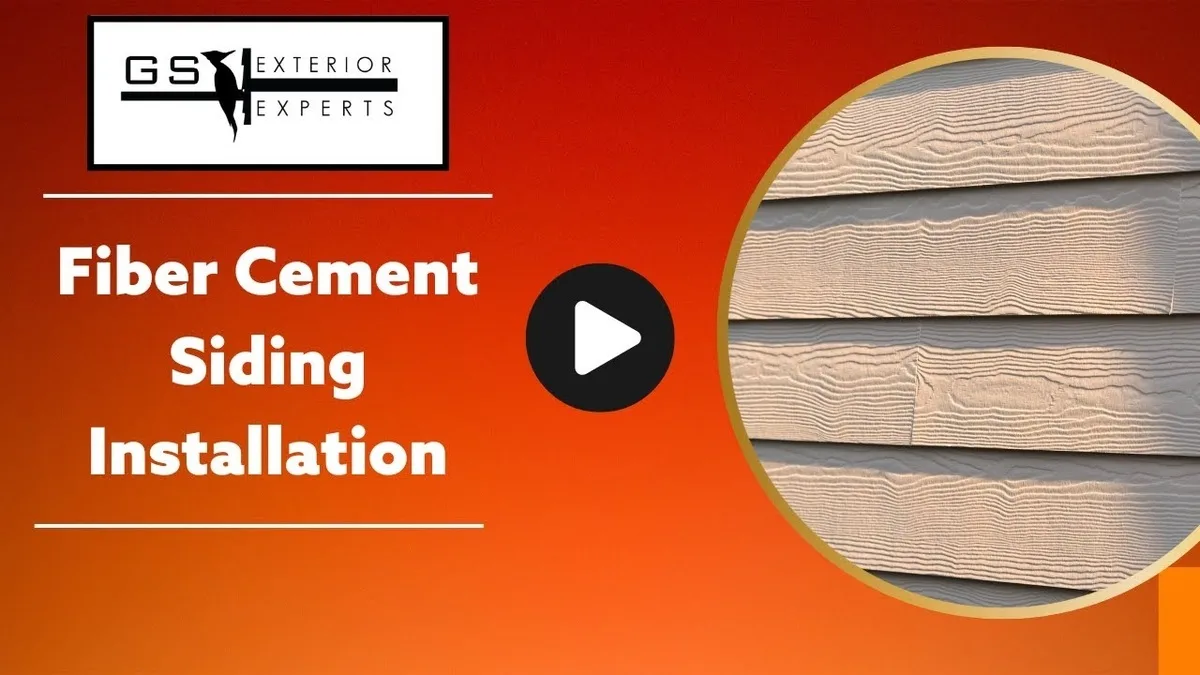With so many different types of siding, it can be difficult to choose which one is best for your home. After all, your siding will last many years. So, it’s important to consider your choice carefully. Here are some of the most common styles of siding, what they look like, and the pros and cons of each.
1. Lap Siding
One of the most popular types of house siding is lap siding. Lap siding can use materials such as:
- Vinyl siding
- Wood siding
- Composite siding
- Fiber cement siding.
Also called clapboard siding, this style of siding is made up of long pieces placed horizontally. Installing lap siding involves blind nailing or nailing the bottom of each panel to the top of the panel below it. Lap siding comes in various widths and the most common exposure of lap siding is 7”.
Lap siding is an attractive solution for traditional-style homes, especially for mainly symmetrical structures. Among the many siding styles, lap siding is one of the most cost-effective. However, the cost does depend on the materials and colors used, as well as whether it is insulated.
Lap Siding Variations
A variation on lap siding worth noting is Dutch lap siding. Unlike regular lap siding, Dutch lap is not flat but has a notch that makes for an elegant shadow line
Another style of lap siding is shiplap These have tightly interlocking pieces that give different shadow lines. These types are slightly more expensive than ordinary lap siding, but many people choose it for its more distinctive look.
GS Exterior Experts recommends the James Hardie Aspyre collection and Artisan products to give your home an extra layer of protection. The siding is thick enough to resist fire, ensuring maximum safety. Explore a wide range of siding styles available in Colorado to see which one is right for you.
2. Board and Batten Siding or Panel Siding
Board and batten siding is available in wood, fiber cement, and composite materials. If you see a home with some or all of its siding placed vertically, it likely features board and batten siding.
This style of siding requires the installer to nail each piece from top to bottom, flush against the piece beside it, and flat against the home’s exterior. Then, a thin piece of board called a batten is nailed where the siding pieces meet to ensure a watertight fit. The most common board and batten spacing is 12”, 16”, and 24”.
One advantage of board and batten siding is its versatility, as you can use it along with other styles of siding to create an interesting overall look. However, it is more expensive than lap siding. That’s why many people use a combination of the two.
3. Shingle Siding
Shingle siding offers an upscale look to any home. This siding is usually made of wood, fiber cement, and composite materials. The shingles are composed of pieces cut into uniform shapes for an even and sophisticated finish.
This type of siding is more expensive than either lap siding or board and batten. Yet, many people prefer its elegant appearance. Unfortunately, shingles made of wood require more upkeep than those made of vinyl or other materials.

For many consumers, though, the look is well worth the effort. With contrasting colors of trim and richly colored shingles, you can create an attractive exterior that will stand out from the rest.
4. Siding with Shakes
Shake siding is comparable to shingle siding in price and materials. One main difference is that shakes are thicker and more durable than shingles. They are also less uniform, giving your home a less polished or more rustic look.
Whether you choose shakes or shingles, you can give your home a one-of-a-kind appearance by combining it with other siding types such as board and batten.
5. Channel Siding
Channel siding, also known as channel gap siding, is a versatile and stylish way to add flair to your home’s exterior. While this style can be more expensive than other options, it has many benefits. It can be installed vertically or diagonally for an eye-catching design. With its overlapping boards creating grooves of various sizes and depths, you have endless creative possibilities at your fingertips
Channel gap siding works well on contemporary or rustic-style homes, depending on how the boards are cut. While this type of siding protects your home well from the weather, it is also breathable to prevent mold and mildew damage.
For those looking for a similar use,GS Exterior Experts recommends the Artisan/Aspyre collection.
Which Style Should You Choose?
With today’s well-constructed siding, the practical aspects of each style of siding are very similar. So, consider these questions when choosing from different types of siding for houses.
What type of maintenance are you willing to do and what appeals to you? What type of look are you going for? Is a little extra style worth a higher price tag?
If you’re still unsure about which siding to choose, never fear! At GS Exterior Experts, we can provide you with images, construction details, and prices for each style of siding.
Explore our popular siding options and reach out to us for a consultation whenever you’re ready. We’re committed to helping you discover your favorite style of siding for your home.




